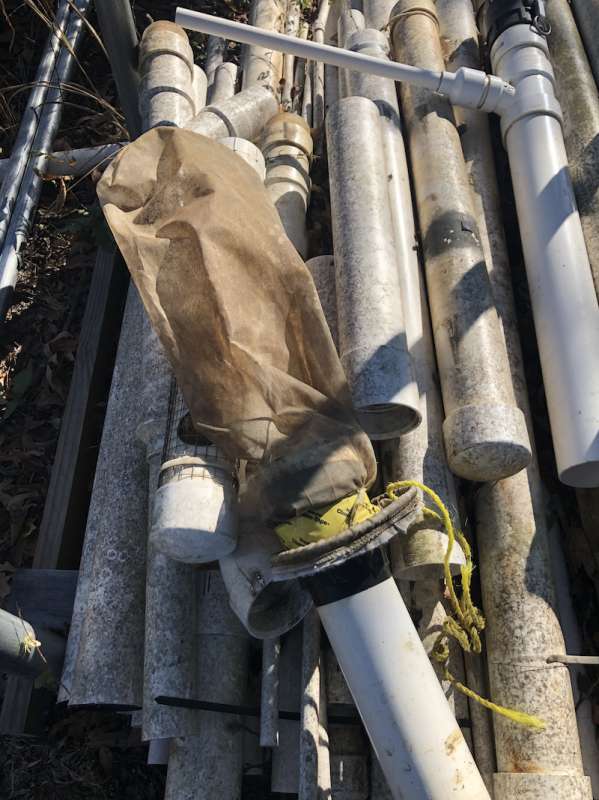Mechanical Means to Stop Wild Fish Contamination - 11/24/20 10:50 PM
I still have several ponds in the (permanent?) planning stages, but they will only work if I pull water from the creek on our land.
I first posed this question way back in 2012, and received lots of good advice.
https://forums.pondboss.com/ubbthreads.php?ubb=showflat&Number=298953#Post298953
Background: the ponds will be out of the floodplain, and there are no ponds above me in the watershed drainage area.
I just want to be able to pump water from the creek without introducing undesirable fish fry into my ponds.
The consensus from the previous thread was your exclusion odds improve as you decrease the mesh size on your intake screen, but that also greatly increases the odds of plugging your intake. (I live 45 minutes from our farm. I would like to have the pump on a timer in July & August, but a plugged intake would kill that plan.)
Question for the forum: Is there some mechanical device I could place just before the pump inlet to puree any fish fry in the supply water?
Surely there are mechanical systems in a variety of industries for conditioning the fluid prior to entering the pumps. I am imagining a situation where the pumps are very particle sensitive so they have some type of grinder prior to the fluid or slurry entering the pump.
I am hoping the Pond Boss crew knows of something a little more sophisticated than Dan Aykroyd's "Super Bass-o-Matic 76"
I figure that if I have electricity at the pump, why not use energy, rather than screens, to exclude undesirable fish fry.
Thanks,
Rod
I first posed this question way back in 2012, and received lots of good advice.
https:/
Background: the ponds will be out of the floodplain, and there are no ponds above me in the watershed drainage area.
I just want to be able to pump water from the creek without introducing undesirable fish fry into my ponds.
The consensus from the previous thread was your exclusion odds improve as you decrease the mesh size on your intake screen, but that also greatly increases the odds of plugging your intake. (I live 45 minutes from our farm. I would like to have the pump on a timer in July & August, but a plugged intake would kill that plan.)
Question for the forum: Is there some mechanical device I could place just before the pump inlet to puree any fish fry in the supply water?
Surely there are mechanical systems in a variety of industries for conditioning the fluid prior to entering the pumps. I am imagining a situation where the pumps are very particle sensitive so they have some type of grinder prior to the fluid or slurry entering the pump.
I am hoping the Pond Boss crew knows of something a little more sophisticated than Dan Aykroyd's "Super Bass-o-Matic 76"
I figure that if I have electricity at the pump, why not use energy, rather than screens, to exclude undesirable fish fry.
Thanks,
Rod
![[Linked Image from forums.pondboss.com]](https://forums.pondboss.com/ubbthreads.php?ubb=download&Number=16796&filename=IMG_0465%20copy.jpg)
